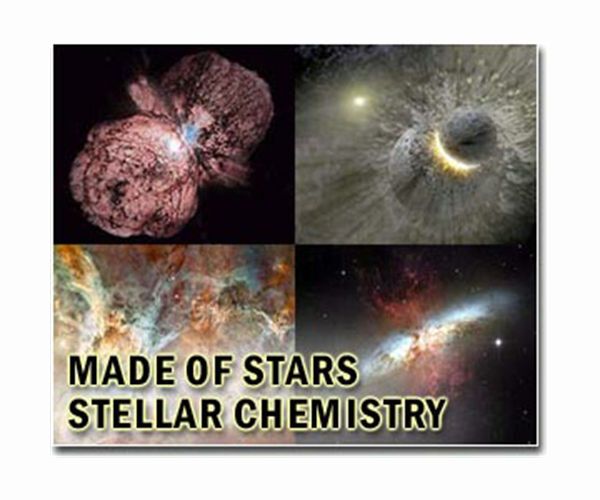20.05.2024

Recently, an international team led by Prof. GE Jian from the Shanghai Astronomical Observatory of the Chinese Academy of Sciences used deep learning neural networks to search for rare weak signals in quasar spectral data from the Sloan Digital Sky Survey III (SDSS-III) program. This study, published in the Monthly Notices of the Royal Astronomical Society, presents a new method for exploring galaxy formation and evolution, highlighting the potential of artificial intelligence in identifying rare signals in astronomical data.
"Neutral carbon absorbers" from cold gas with dust in the universe are key probes for studying galaxy formation and evolution. However, these signals are weak and rare. Traditionally, astronomers have struggled to detect these absorbers in large quasar spectral datasets using conventional methods. "It's like looking for a needle in a haystack, requiring significant effort, time, and inefficiency," GE Jian explained. In 2015, a research team discovered 66 neutral carbon absorbers in quasar spectra released by SDSS, the largest sample obtained at that time.
Prof. GE Jian's team designed and trained deep neural networks with simulated samples of neutral carbon absorption lines based on actual observations. Applying these neural networks to the SDSS-III data, the team discovered 107 extremely rare neutral carbon absorbers, nearly doubling the largest previously obtained sample.
By stacking the spectra of numerous neutral carbon absorbers, the team significantly enhanced the ability to detect the abundance of various elements and measure metal loss in gas caused by dust. The results indicated that these early galaxies, containing neutral carbon absorber probes, had undergone rapid physical and chemical evolution when the universe was about 3 billion years old. These galaxies were entering a state of evolution between the Large Magellanic Cloud (LMC) and the Milky Way (MW), producing substantial metals, some of which formed dust particles, leading to the observed effect of dust reddening.
This discovery independently corroborates findings by the James Webb Space Telescope (JWST), which detected diamond-like carbon dust in the earliest stars in the universe, suggesting faster galaxy evolution than previously expected.
"Unlike the JWST, which conducts research through galaxy emission spectra, this study investigated early galaxies by observing the absorption spectra of quasars," GE Jian noted. He emphasized that using neural networks to find neutral carbon absorbers provides a new tool for future research on the early evolution of the universe and galaxies, complementing the JWST's methods.
GE Jian stated, "To uncover more 'treasures' in massive astronomical data using artificial intelligence, it is necessary to develop innovative AI algorithms that can quickly, accurately, and comprehensively explore those rare and weak signals that traditional methods struggle to find."
The team aims to extend the innovative methods used in this study to image recognition by creating artificial "multi-structure" images for efficient training and detection of faint image signals. "The methods of artificial intelligence deep learning hold enormous application value and potential in multi-domain image recognition and weak signal detection," GE Jian envisaged. "In the future, we hope to uncover more treasures from massive astronomical data."
Quelle: SD
